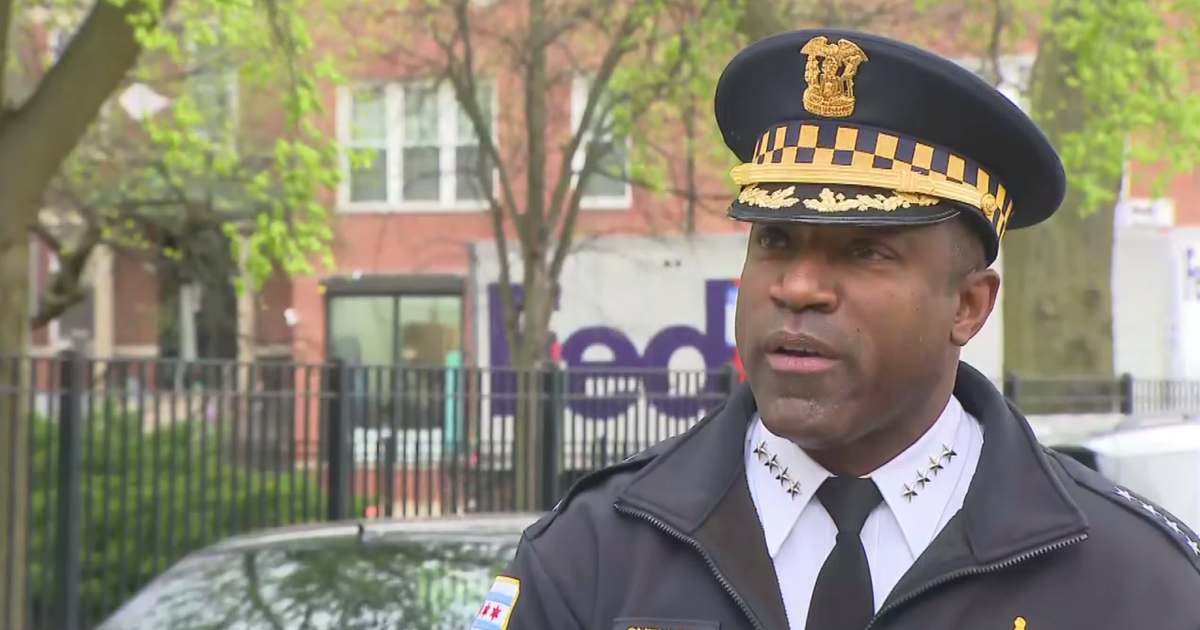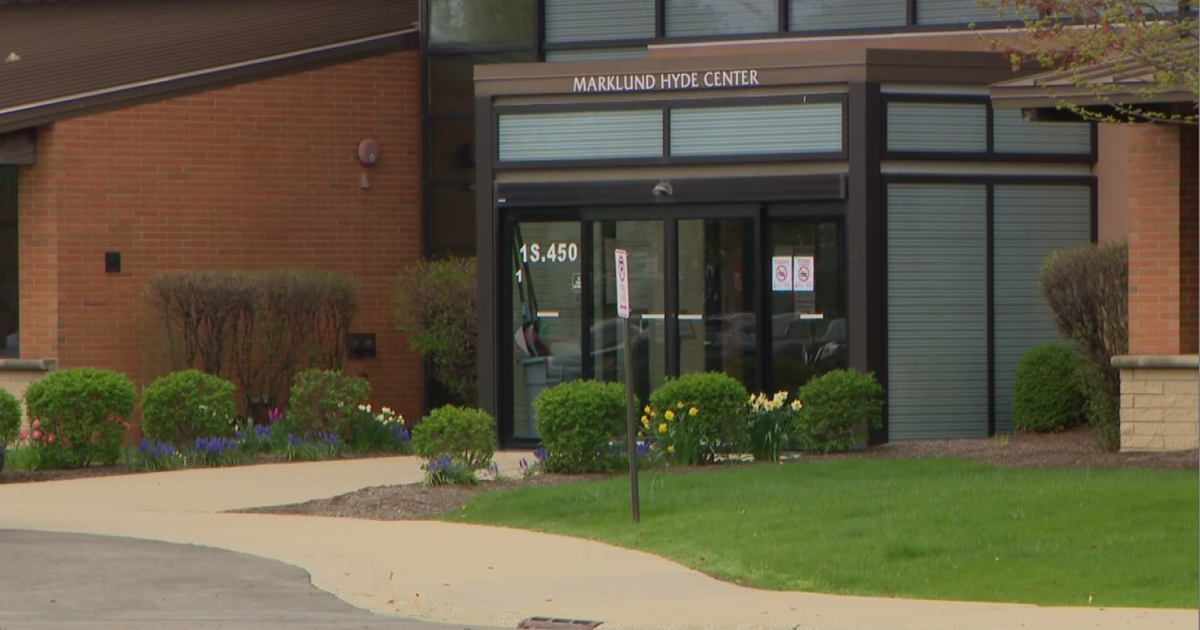5 At-Home Stroke Therapy Ideas
Multiple studies indicate that individuals recovering from stroke can do as well, if not better, by pursuing long-term recuperative therapy at home, instead of at a rehabilitation clinic, even if they start several months post-stroke. This is very good news, as it helps to eliminate multiple boundaries from on-going patient care, including financial and logistical obstacles. Based upon multiple parameters, including the stroke’s severity and the patient’s overall health and living situation, home-based therapies when medically approved and supervised, provide a daily boon for individuals whose goal is to regain some or all of their past motor function and independence. Starting slow and having realistic goals are key elements for success. If you or someone you love has had a stroke, check with your physician before you start any exercise plan. When you’re ready, these at-home therapy ideas may be a great starting point for the road to recovery.
Balance Training – Sitting, standing and walking require the ability to balance, without feeling insecure or wobbly. Posture and balance control can be strengthened by sitting up straight, first in bed and then in a chair. Eventually, sitting can be combined with reaching for an object that is slightly out of grasp. This can help instill body awareness, balance and strength, becoming the foundation for more advanced movements and mobility work. Training to stand upright for short periods of time can follow sitting and postural exercise. Individuals requiring help supporting their own body weight can be held upright, either by their physical therapist or by a harness.
Functional Balance Training – When ready, the patient can start to use their now-burgeoning reaching and balancing skills in the course of daily life. Reaching for items in cabinets, the pepper shaker on the kitchen table or the toothpaste in the bathroom cabinet can help create a sense of autonomy and gains in psychological and motor function. Taking a walk, while carrying a light item such as a shopping bag with an apple inside, can also help to aid with recovery. Remember to go slowly and to relish seemingly small gains, as these can add up quickly.
Gait Training – At-home treadmills typically do not have the type of body weight support mechanisms found on those at rehabilitation clinics. However, studies indicate that slow walking on an at-home treadmill, particularly when supervised by a physical therapist, is just as effective over time, if practiced regularly. Gait training for some patients will include learning how to walk with an assistance device, such as a cane or walker. Slow, supervised walking several times a week can help to build endurance, strength and increase mobility. It also supports the patient’s reentry into the world, providing fresh air, sunshine and connection to others.
Dual-Task Training – Dual-task training provides an opportunity for patients to practice two continuous skills simultaneously. This supports the brain’s reacquisition of concentration and attention skills, and has been shown to accelerate gains in motor function. The tasks combined typically include a cognitive exercise, such as speaking or identifying objects, with walking or balance work. Patients sometimes stand on an unstable base while taking the Stroop Effect Test several times per week with the help of an at-home physical therapist, friend or family member.
Weight Training – Targeted resistance training with weights has been shown to be highly effective in enhancing movement ability for stroke patients, without having an adverse effect on muscle spasticity. Using light weights or elasticized body bands, patients can improve function in their ankles, wrists, hips and other areas of the body by performing repetitive movements which require a full stretch and contraction for each muscle group.
Corey Whelan is a freelance writer in New York. Her work can be found at Examiner.com.



